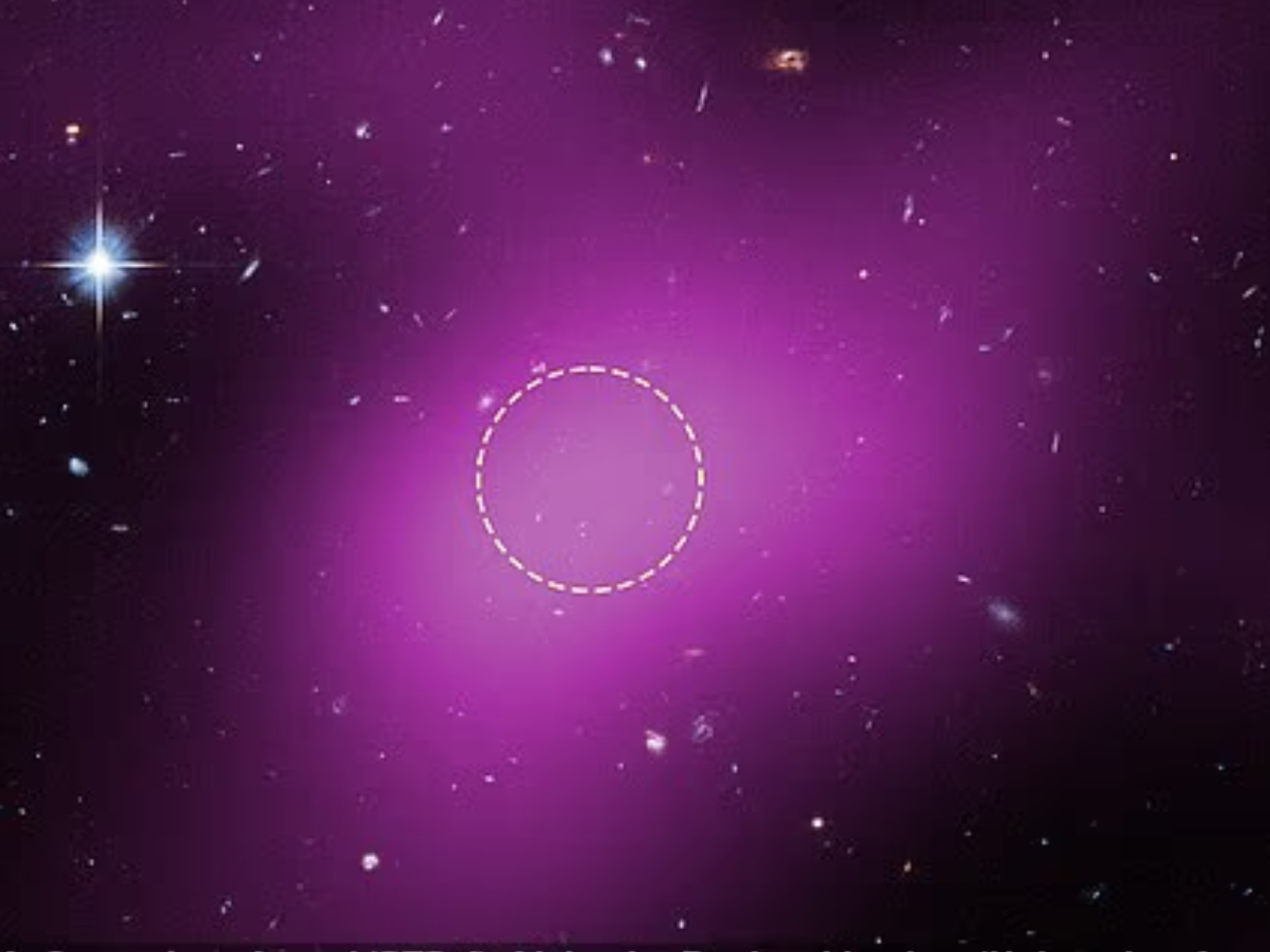Stunning James Webb Telescope pictures capture colourful remnants of distant star
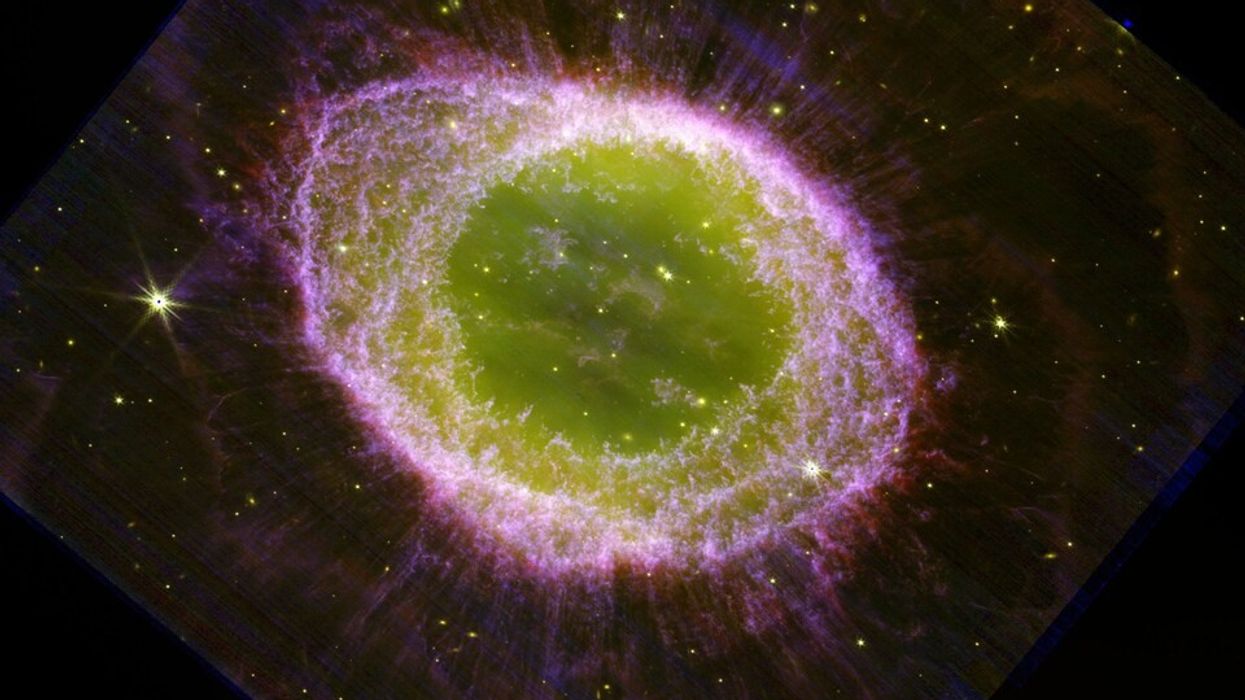
The Ring Nebula
|JAMES WEBB SPACE TELESCOPE
Never seen before photos of the Ring Nebula have been released by Nasa and European Space Agency’s collaboration
Don't Miss
Most Read
Latest
The James Webb Space Telescope has beamed back extraordinary images from 2,600 light years away, capturing the Ring Nebula in detail never seen before.
The Ring Nebula, also known as Messier 57, comprises the glittering graveyard of a star that died out 4,000 years ago.
New images depict halos of glowing gas swirling about a nascent white dwarf - the searing hot and dense core left over from when the star ran out of fuel.
A light show of fluorescent and colourful encircling gas is caused by the heat of the white dwarf radiating ultraviolet light and X-rays, which react with the atmosphere.
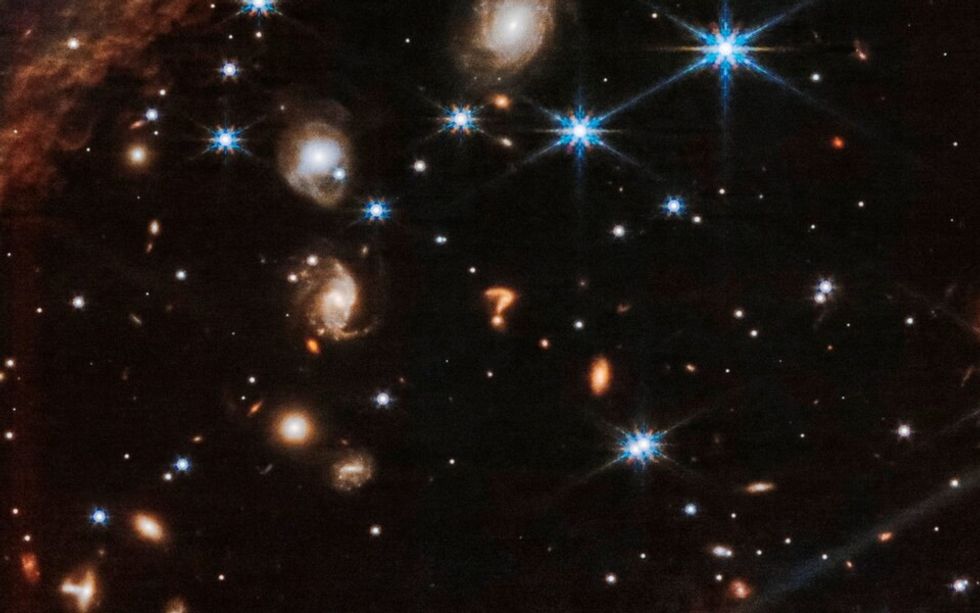
An optical illusion gave the appearance of a question mark in the image.
|JAMES WEBB SPACE TELESCOPE
The new images, taken by the $10billion (£7.4billion) James Webb Space Telescope, offer an insight into the fate our our Sun which is predicted to run out of Hydrogen in around six billion years.
The telescope was launched on 25 December 2021 as a collaboration between Nasa, the European Space Agency, and the Canadian Space Agency.
An international team of astronomers led by Professor Mike Barlow from UCL, and Dr Nick Cox (ACRI-ST, France), with Professor Albert Zijlstra of the University of Manchester, announced the new images to great fanfare.
Professor Albert Zijlstra said: “We are amazed by the details in the images, better than we have ever seen before.
“We always knew planetary nebulae were pretty. What we see now is spectacular.”
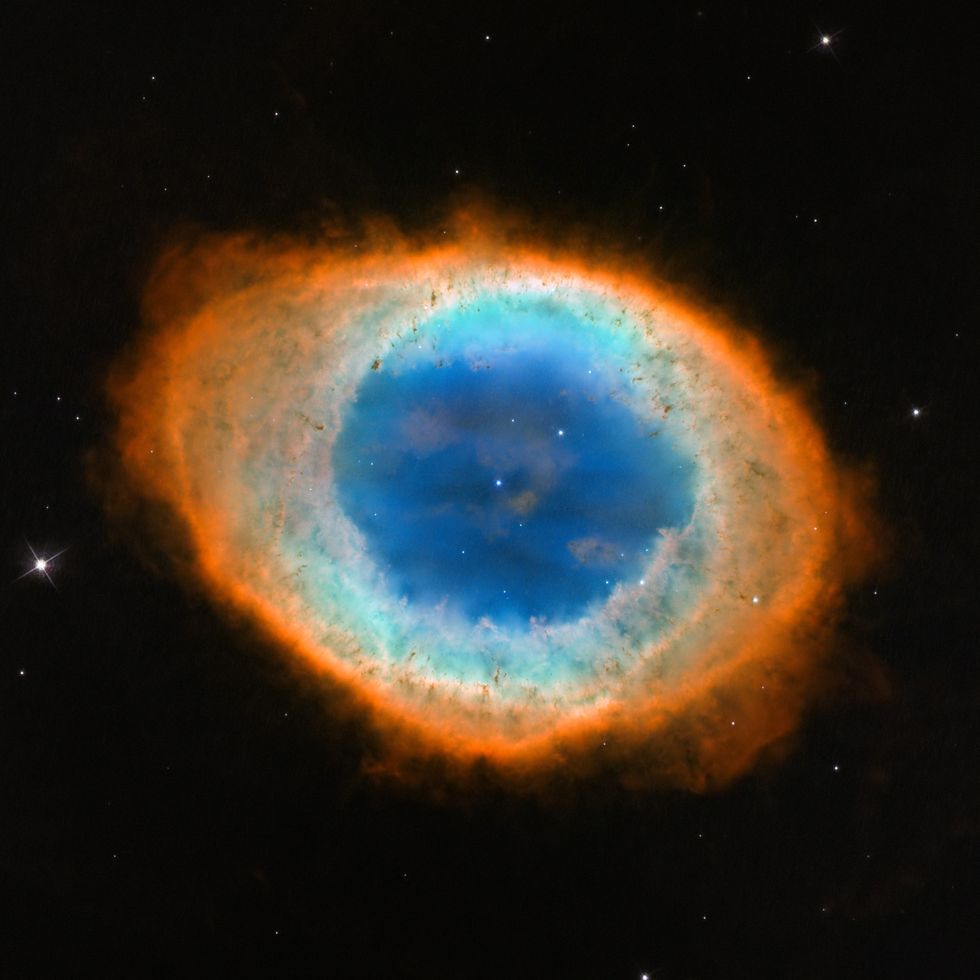
A previous photo of the Ring Nebula
|NASA, ESA and the Hubble Heritage (STScI/AURA)-ESA/Hubble Collaboration
Professor Mike Barlow, lead scientist of the JWST Ring Nebula Project, added: “The James Webb Space Telescope has provided us with an extraordinary view of the Ring Nebula that we’ve never seen before.
“The high-resolution images not only showcase the intricate details of the nebula’s expanding shell but also reveal the inner region around the central white dwarf in exquisite clarity.
“We are witnessing the final chapters of a star’s life, a preview of the sun’s distant future so to speak, and JWST’s observations have opened a new window into understanding these awe-inspiring cosmic events.
“We can use the Ring Nebula as our laboratory to study how planetary nebulae form and evolve.”
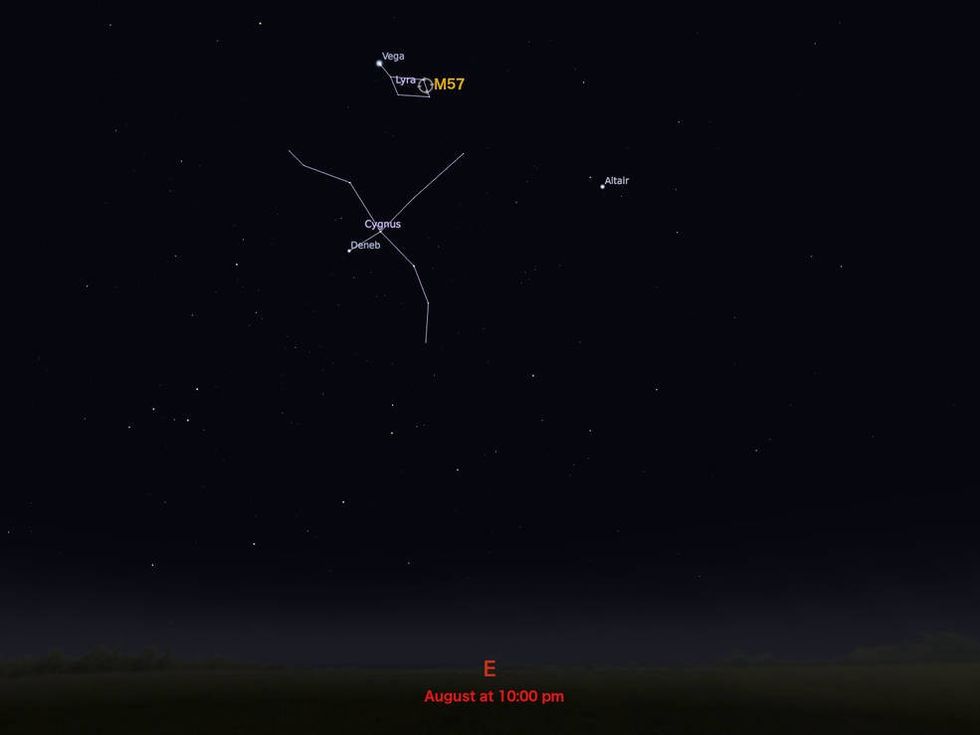
A diagram depicting Messier 57's place in the night sky.
|STELLARIUM
Despite being located around 2,600 light-years away in the direction of the constellation Lyra the Harp, the Ring Nebula can be spotted through small telescopes and has become a well known pale white smoke ring to many astronomy fans.
Where different chemical elements in the nebula emit specific colours, scientists are able to harness the images to understand further the chemical evolution of stars.
Researchers have identified around 20,000 clumps of cooler gas, some of which are expressing the characteristics of planet-sized comets.
Dr Cox, co-lead scientist, said: “These images hold more than just aesthetic appeal; they provide a wealth of scientific insights into the processes of stellar evolution.
“By studying the Ring Nebula with JWST, we hope to gain a deeper understanding of the life cycles of stars and the elements they release into the cosmos.”







